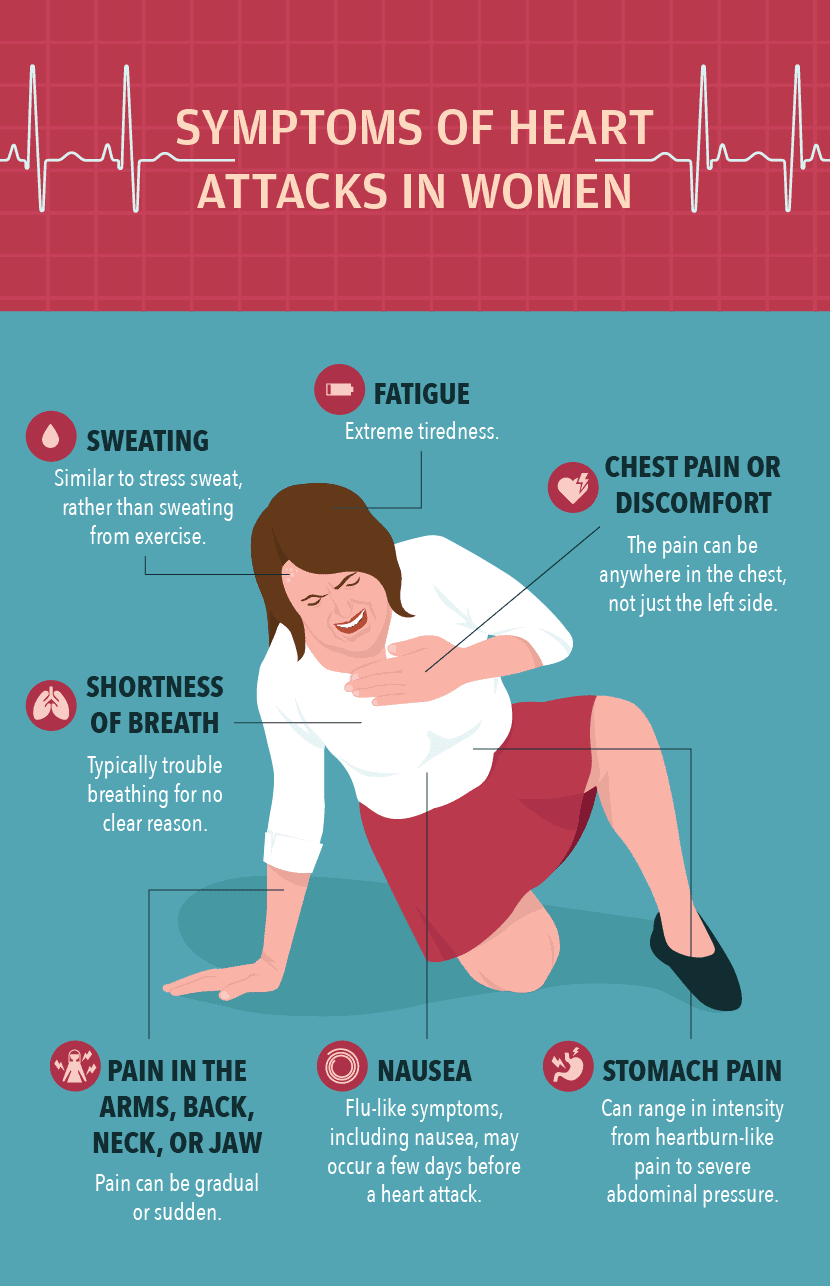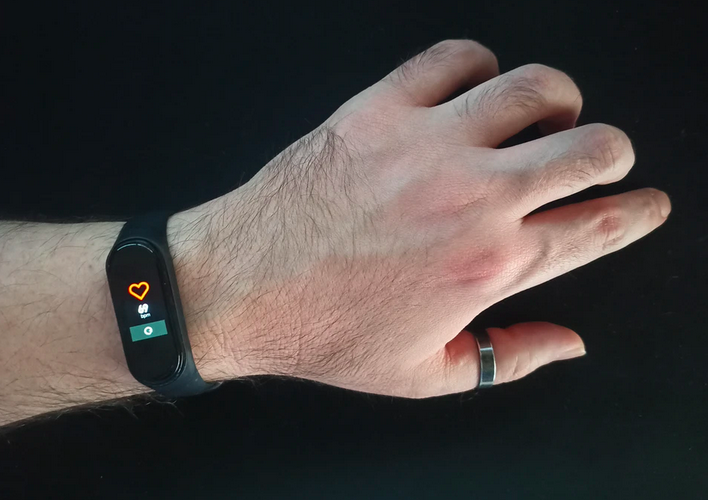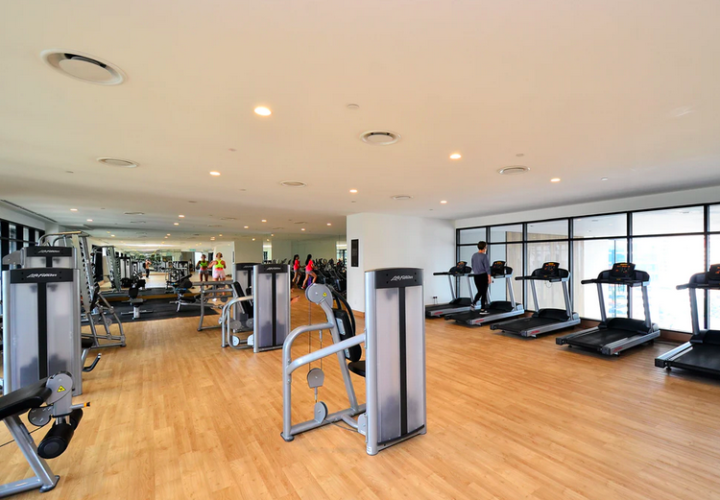Heart disease is the number one killer of women in the United States and every 43 seconds a heart attack occurs. It has been said many women “chalk up” their symptoms to less life threatening conditions. This is because they become scared and put their families first.
What is a Heart Attack?
A heart attack occurs when the blood flow that brings oxygen to the heart muscle is cut off or greatly reduced. The buildup of fat, cholesterol, and other substances make up plaque in the arteries. When the amount of plaque becomes too great, the blood flow becomes narrowed, causing a heart attack. If the plaque within a heart artery breaks, blood clots will form around the plaque. This can also cause a block in blood flow to the heart. When the heart muscle becomes starved for oxygen and nutrients, ischemia occurs. When damage or death of an area of the heart muscle occurs as a result of ischemia, it’s called a heart attack or myocardial infarction (MI).
Signs and Symptoms
Women who have experienced a heart attack describe pressure in their upper back that feels as if they’re being squeezed or having rope tied around them.
Other symptoms include: dizziness, lightheadedness, or actually fainting. A very common acute symptom in women is feeling weak or shaky. The weakness may be accompanied with anxiety, dizziness, or fainting.
When lying down, some women will feel a shortness of breath and the symptom will let up when they sit upright. If shortness of breath or heavy breathing without exercise (especially if accompanied with chest pain or fatigue) may suggest heart problems.
In women, excessive sweating without a normal cause or feeling cold and clammy, can indicate a heart attack and heart problems.
Areas in the upper body can also be affected such as the neck, jaw, upper back, or either arm (sometimes both arms). This pain can start in one area and gradually spread to other areas. It can also come on suddenly.
A study done in 2003 showed half the women participating having trouble sleeping in the weeks leading up to a heart attack. Disturbances such as difficulty falling asleep, unusual waking up throughout the night, and feeling tired despite getting enough sleep occurred.
Lastly, stomach issues. Many women feel pain or pressure in their stomachs before having a heart attack. Indigestion, nausea, and vomiting are other digestive issues that are associated with a heart attack.
**If any of the above occur, even if they go away within a few seconds, call 9-1-1**
Risk Factors
The risk factors of women include the following:
- Age. Women over 55 years or older have a greater risk of a heart attack.
- Family History. Women who have a male relative that had a heart attack by 55 years old, or a female relative who has had a heart attack by 65 years old, are considered to have a family history of heart attacks. This means they have an increased risk and should be more cautious.
- Health Status. High blood pressure and high cholesterol increase the risk of a heart attack.
- Medical Condition. People who have diabetes, are obese, and have autoimmune disorders are more likely to have a heart attack. Conditions such as endometriosis, PCOS, or a history of preeclampsia during pregnancy also increase the risk of a heart attack.
- Lifestyle Choices. Using tobacco or stimulant drugs increases the risk of a heart attack.
Heart Attack Post-Menopause
An overall increase in heart attacks is seen 10 years after menopause. This is because estrogen levels fall after menopause, increasing the risk of a heart attack. Symptoms related to post-menopause include pain or discomfort in the arms, back, neck, jaw, or stomach, rapid or irregular heartbeat, severe chest pain, and sweating without activity.
Prevention Help
Taking care of your heart through regular exercise is a great start. Each week the American Heart Associate recommends 150 minutes of physical activity to help prevent heart disease. These activities can range from walking around the park at a moderate pace to cycling, swimming, or Zumba.
Another great way to prevent heart disease is through nutrition. Fruits, vegetables, whole grains, low fat dairy products, poultry, fish, and nuts are all foods recommended by the American Heart Association. It is also recommended to limit red meats and sugary foods/beverages.
Going in for regular routine checkups with your doctor. This can. help identify any risk factors early so you can be treated. Early intervention in these cases helps reduce the chance of a cardiac event.
Lastly, kicking out bad habits such as smoking, which can lead to early menopause. Smoking also increases the risk of blood clots, decreases flexibility of arteries, and lowers the HDL cholesterol levels.
Heart Attacks can be frightening but knowing the signs and symptoms can help save a life. If any of the signs and symptoms occur, call 9-1-1. Do not ignore it. If you feel like you could be at risk, please consult your doctor. To read our other article on heart attacks please click here.



